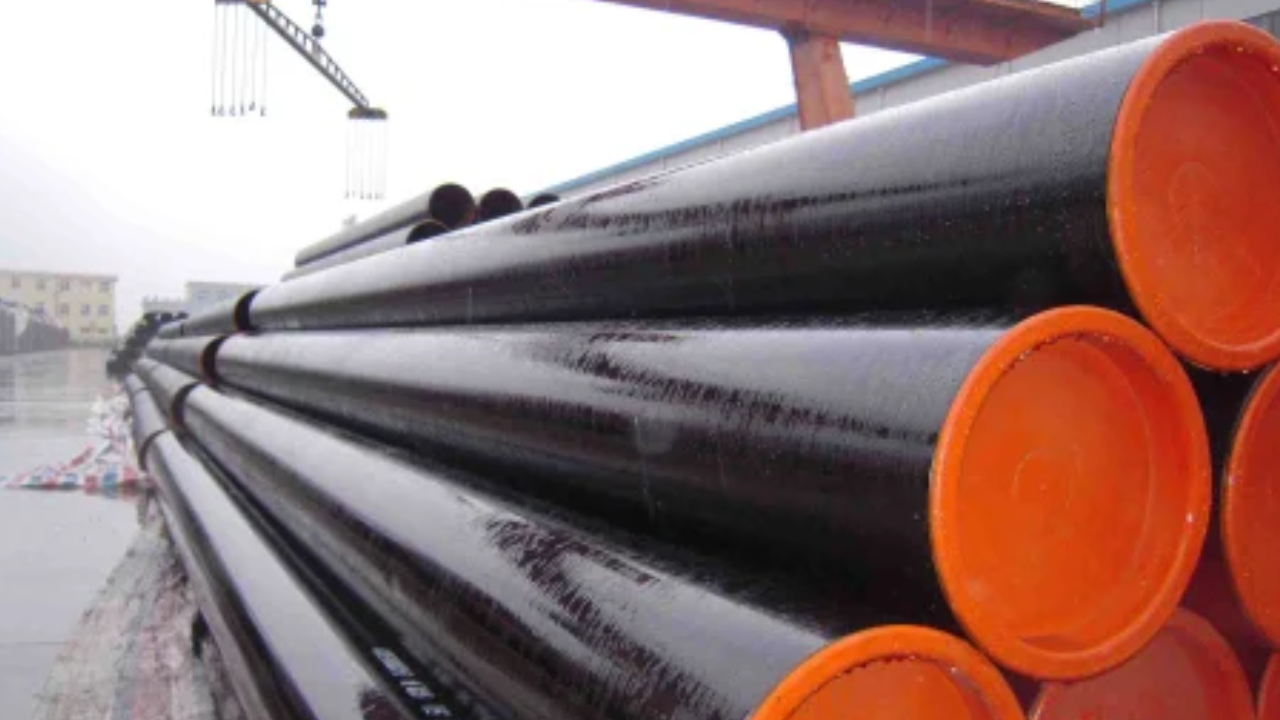Internal parts pipe coatings play a significant assign in ensuring the life span and capability of pipelines over unmistakable businesses. These internal pipe coating secure the pipes inside surfaces from disintegrating, scratched spots, and chemical traps, in this way extending the life acknowledge of the pipeline and diminishing upkeep costs. The thickness of these coatings may be a fundamental parameter that impacts their execution. This article analyzes the standard thicknesses for organized sorts of inward parts pipe coatings, recognizing their application, benefits, and industry rules.
Standard Thicknesses for Unmistakable Sorts of Internal Parts Pipe Coatings
Inward parts pipe coatings, fundamental for pipeline life span and reasonability, secure against falling apart, scratched spots, and chemical capture. Standard thicknesses move by surface and application: epoxy (200-500 microns), polyurethane (250-750 microns), cement mortar (6-13 mm), fusion-bonded epoxy (300-600 microns), polyethylene/polypropylene (2-4 mm), and phenolic (500-1000 microns). These coatings, chosen based on working conditions and fluid sorts, overhaul quality, reduce back, and ensure strong operation over unmistakable businesses like oil and gas, water treatment, and chemical taking care.
Epoxy Coatings
Epoxy coatings are broadly utilized for their uncommon handle, chemical resistance, and mechanical properties. The standard thickness for epoxy coatings routinely ranges from 200 to 500 microns (0.2 to 0.5 mm). In specific applications where higher resistance to scratched spots and chemicals is required, the thickness can be extended up to 1000 microns (1 mm). The choice of thickness depends on components such as the sort of fluid being transported, the working temperature, and the expected life needs of the pipeline. Epoxy coatings are favored in businesses such as oil and gas, water treatment, and food planning due to their sturdiness and gutsy quality.
Polyurethane Coatings
Polyurethane coatings are known for their flexibility, impact resistance, and capacity to stand up to remarkable common conditions. These coatings are for the basic confine related in thicknesses making from 250 to 750 microns (0.25 to 0.75 mm). In applications requiring tall wear resistance, such as slurry pipelines or those carrying beating materials, thicker layers up to 1500 microns (1.5 mm) may be utilized. Polyurethane coatings are as as routinely as conceivable as conceivable utilized in inward parts of the mining, chemical, and marine businesses, where their overwhelming mechanical properties provide moved-forward certification against scratched spots and chemical traps.
Cement Mortar Linings
Cement mortar linings are on an essential level utilized in water and wastewater pipelines due to their astonishing weakening resistance and capacity to alter water quality by foreseeing the sifting of metals from the pipe surface. The standard thickness for cement mortar linings routinely ranges from 6 to 13 mm, depending on the pipe clearover and application. Thicker linings are utilized in larger-diameter channels or in circumstances where the pipeline is revealed to be on a very basic level hazardous circumstances. Cement mortar linings are cost-effective and allow an exceptional course of advancement for guaranteeing steel and bendable press channels in metropolitan and mechanical water systems.
Fusion-Bonded Epoxy (FBE) Coatings
Fusion-bonded epoxy (FBE) coatings are related as a powder and after that warmed to make a troublesome, unequivocally layer. These coatings are commonly utilized in inward parts of the oil and gas industry for their confusing disintegrating security and mechanical quality. The standard thickness for FBE coatings ranges from 300 to 600 microns (0.3 to 0.6 mm). For high-stress applications, such as subsea pipelines or high-temperature circumstances, the thickness can be extended to 1000 microns (1 mm) or more. FBE coatings are favored for their capacity to supply long-term security against falling apart, without an address in unforgiving working conditions.
Polyethylene and Polypropylene Coatings
These coatings are routinely related in various layers, with the by and wide thickness making from 2 to 4 mm. In commanding circumstances or for pipelines transporting exceedingly hurting substances, the thickness may be extended to 6 mm or more. PE and PP coatings are as frequently as conceivable utilized inward parts of the chemical coordinating with, toward the ocean, and marine businesses, where their shocking avoiding properties secure against the chemical trap and clamminess entrance.
Phenolic Coatings
Phenolic coatings offer stunning resistance to tall temperatures and commanding chemicals, making them sensible for pipelines inward parts of the chemical, petrochemical, and control period businesses. The standard thickness for phenolic coatings ranges from 500 to 1000 microns (0.5 to 1 mm). In applications checking exceedingly risky substances or raised temperatures, thicker layers up to 1500 microns (1.5 mm) may be required. Phenolic coatings are regarded for their capacity to secure right-hand insight and cautious properties underneath uncommon conditions, ensuring the long-term chosen quality of the pipeline.
Conclusion
The thickness of internal parts of pipe coatings may be a fundamental figure that chooses their common sense in securing pipelines from crumbling, scratched spots, and chemical traps. The standard thicknesses move depending on the sort of coating surface, the application, and the working conditions. Epoxy, polyurethane, cement mortar, fusion-bonded epoxy, polyethylene, polypropylene, and phenolic coatings each have specific thickness ranges that optimize their execution in one or two of mechanical settings. By selecting the sensible coating thickness, businesses can upgrade the quality and ampleness of their pipelines, ensuring strong operation and reduced fortifying costs.


